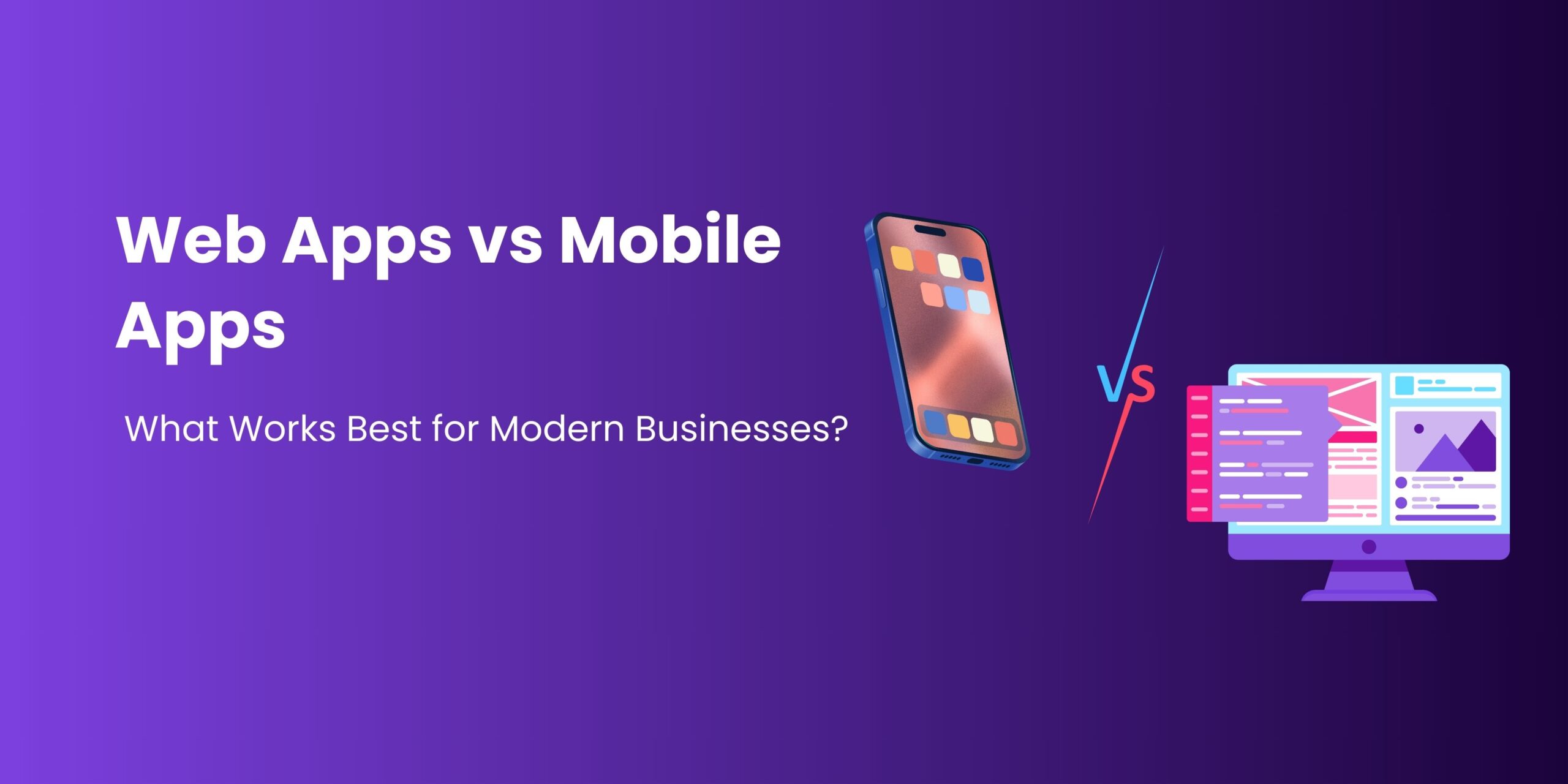Backend development plays a crucial role in shaping the performance, scalability, and responsiveness of modern applications. As we enter 2025, developers and CTOs are closely comparing technologies to find the best match for performance and team productivity. Two contenders that continue to lead the conversation are Node.js and Ruby. But how do they truly stack up? In this article, we examine Node.js vs Ruby pros and cons in detail, offering a comprehensive view of backend development 2025.
An Overview of Node.js and Ruby
Node.js is a JavaScript-based runtime environment built on Google Chrome’s V8 engine. It enables asynchronous, event-driven programming, making it ideal for real-time applications, APIs, and high-concurrency systems. Node.js continues to grow in 2025, fueled by its fast performance, rich package ecosystem (npm), and full-stack development appeal.
Ruby, typically used with Ruby on Rails, is a dynamic, object-oriented language known for its elegant syntax and rapid development capabilities. While not as fast as Node.js in most benchmark tests, Ruby prioritizes developer happiness, code readability, and convention over configuration—factors that still resonate in today’s development environment.
Node.js: Pros in Backend Development 2025
- Superior Performance and Speed
One of Node.js’s biggest strengths is its non-blocking, asynchronous architecture. It handles multiple concurrent requests without slowing down, making it a powerhouse for applications that need speed and scalability. This becomes especially valuable in real-time apps, microservices, and data-intensive operations.
- Full-Stack JavaScript Advantage
In 2025, teams are increasingly leaning toward technologies that support full-stack development. Node.js enables the same language (JavaScript) on both frontend and backend, which simplifies hiring, onboarding, and team collaboration.
- Massive Ecosystem with npm
Node.js benefits from npm, which boasts over two million packages. Whether you need authentication, logging, or testing tools, chances are there’s a battle-tested package ready for use. This reduces development time and increases flexibility.
- Scalability for Cloud-Native Apps
As cloud-native architectures dominate backend development 2025, Node.js’s lightweight runtime, support for microservices, and container-friendly nature make it an ideal candidate for scalable deployment.
Node.js: Cons to Consider
- Callback Complexity and Async Challenges
Although asynchronous code boosts performance, it can introduce complexity. Callback hell, race conditions, and error handling in deeply nested code are common pitfalls for inexperienced developers.
- Less Opinionated Structure
Node.js gives developers more freedom—but that freedom can lead to inconsistency. Unlike Ruby on Rails, which enforces a project structure, Node.js leaves most architectural decisions to the team, which can cause fragmentation in large projects.
Ruby: Pros in Backend Development 2025
- Rapid Development with Rails
Ruby’s biggest strength is the Rails framework, which follows convention over configuration. This allows developers to write clean, maintainable code quickly. For MVPs, admin panels, and business apps, Ruby on Rails is still a top pick in 2025.
- Developer Productivity and Simplicity
Ruby’s elegant and human-readable syntax is one of the reasons it remains popular. Developers can express complex logic in fewer lines of code, which makes maintaining and debugging Ruby applications easier.
- Built-in Features for Web Apps
Rails offers built-in features like scaffolding, ORM, RESTful routing, and testing frameworks. These built-ins eliminate the need for many third-party tools, giving teams a cohesive, integrated experience out of the box.
Ruby: Cons to Watch Out For
- Slower Runtime Performance
When comparing Node.js vs Ruby pros and cons, performance is a frequent sticking point. Ruby is slower in terms of request handling and memory usage. Despite improvements through JIT compilers like MJIT and YJIT, it still trails behind Node.js in CPU-intensive or high-concurrency applications.
- Limited Concurrency and Scalability
Ruby’s single-threaded nature limits how well it handles concurrent processes. While Rails has introduced support for asynchronous operations, it still isn’t as efficient as Node.js when scaling across multiple servers or services.
- Smaller Talent Pool and Ecosystem
In 2025, more developers are choosing JavaScript over Ruby, especially in emerging markets. This makes hiring Ruby talent slightly more challenging, and the ecosystem—while stable—is not as expansive or active as Node.js’s npm community.
Node.js vs Ruby: What’s the Best Choice for 2025?
In backend development 2025, your technology stack should align with your project goals. If your app needs to support real-time features, handle thousands of concurrent users, or run with minimal resource overhead, Node.js is likely your best option. It is efficient, scalable, and cloud-native friendly.
However, if you’re building a web application where speed of development and maintainability are more critical than raw performance, Ruby on Rails is still an excellent choice. Ruby enables developers to launch features quickly, making it perfect for startups, internal tools, and rapidly evolving platforms.
Final Verdict
The battle of Node.js vs Ruby pros and cons in 2025 isn’t about declaring one as the absolute winner—it’s about choosing the right tool for the right job. Node.js leads in speed, scalability, and modern architecture, making it the preferred backend for performance-intensive applications. Ruby, with its simplicity and mature ecosystem, remains the go-to for teams who value rapid development and clean, elegant code.
Both are well-supported, widely adopted, and capable technologies. The real answer lies in understanding your team’s strengths, the application’s demands, and the scalability goals for the future.




